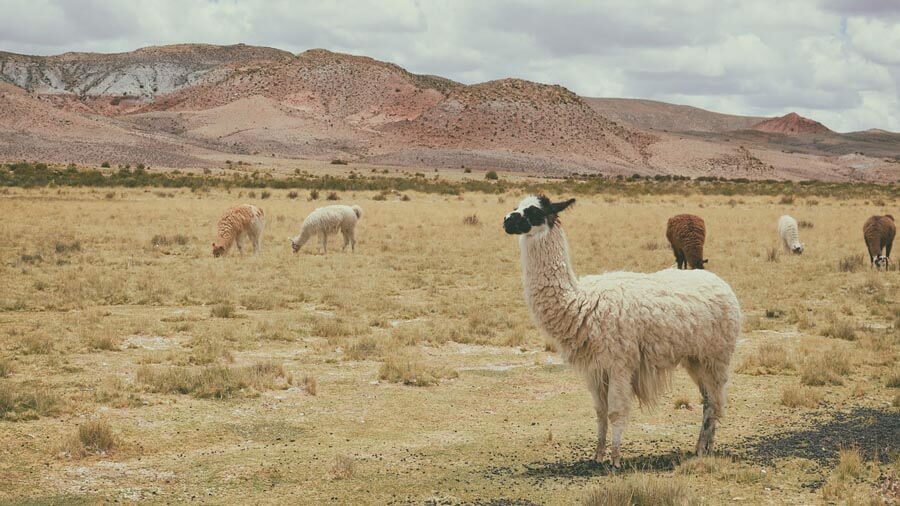At the country-side, many people live their lives in a way that is very close to nature. Utilizing natural and renewable resources for their benefit is one of the primary goals of the people living in the country-side. Now, to bring something new to the attention is the farming of Alpacas.
Alpacas are domesticated species of the South American Camelid. They are very much similar to Llamas and are also often confused with them. This can also be a consideration as their reason for cross-breeding as well. Alpacas are mammals that are always found in herds and as compared to Vicunas, their wild ancestors, are tamer and calm for people to get close to them.
Farming Alpacas
Alpacas are very affectionate and furthermore, like to be surrounded by company. The fundamental step to farming Alpacas is to make sure you have more than one Alpaca. Georgia Alpaca Farm has grown on this fundamental step and now, house activities that are in the process of developing recreational items using Alpacas, which will be discussed slightly further on.
Georgia Alpaca Farm cares for Alpacas in a very straightforward manner. Having an extremely hardy nature, Alpacas require only the basic shelter for protection from bad weathers and other temperature issues.
Alpacas Shelters
In regards to building a barn for Alpacas, one should know that this should be one of the most important and well-thought-out decision. However, there are many choices to what approaches you can take financially to building a shelter for Alpacas.
I’ve built animal shelters that cost less than $150, less than $15k, and less than $50k. Each had a specific purpose and were cost-appropriate. Simply put, the more you put into building a good barn, the more fruitful it will be regarding longevity and sustainability.
Alpaca Farm Needs
Small Pastures: Layout for the placement of locations for Alpaca farms differs slightly from your conventional livestock farms. There are a lot of technicalities that are to be considered for long-term support and sustainability.
Because alpacas are herd animals who are such efficient eaters, you’ll see that most farms have many smaller paddocks as opposed to larger pastures. This keeps the alpacas from eating down one section of pasture while leaving other areas to grow high.
It also aids in parasite management, allowing the alpaca rancher to rotate pastures. The downside of this is that you’ll need lots of fencing and gates.
Climb Perimeter Fencing: Alpacas are very calm. Fencing is not always challenged by Alpacas. So, spending a lot of fencing is not required. The commonly recommended fencing for alpacas in the south is 5′ no-climb.
You’ll want the woven wire as opposed to the welded wire for longevity. Electric wires are installed at the top and bottom to keep vicious animals out. These include coyotes and stray dogs. One of the top predators for Alpacas are in the United States are stray dogs.


